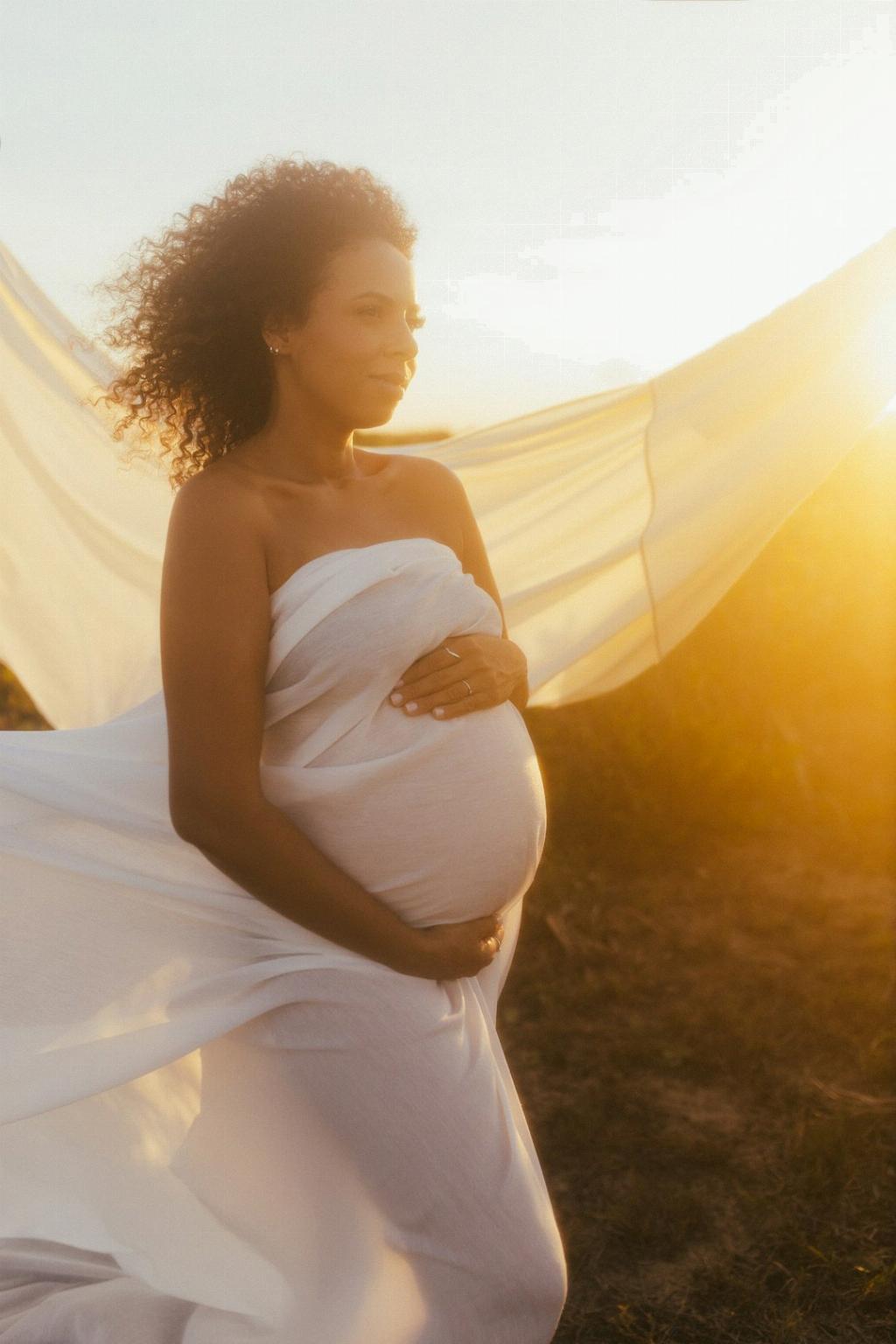Conceiving soon after a C-section is a topic that raises concerns and requires careful consideration. The timing between pregnancies plays a crucial role in the health and well-being of both the mother and the baby. When a woman gets pregnant just five months after having a C-section, it could potentially pose some risks that need to be acknowledged and understood.
Risk of Uterine Rupture
One of the primary risks associated with becoming pregnant shortly after a C-section is the increased chance of uterine rupture. This serious complication involves a tear in the wall of the uterus, often at the site of the previous C-section incision. The risk of uterine rupture is higher with shorter intervals between pregnancies, potentially endangering both the mother and the developing fetus.
Impact on Healing and Recovery
It’s important to recognize that the body needs time to heal and recover after a C-section. Getting pregnant too soon can hinder this healing process and place additional strain on the body. Adequate recovery time between pregnancies is essential for the overall health and well-being of both the mother and the baby.
Increased Risk of Complications
Pregnancy and childbirth already come with their inherent risks, and having a C-section adds an extra layer of complexity. Getting pregnant shortly after a C-section can heighten the risk of various complications, ranging from placental abnormalities to preterm birth. These risks underline the importance of carefully planning the timing of subsequent pregnancies.
Challenges in Delivery
When a woman becomes pregnant five months after a C-section, it can present challenges during delivery. The uterus may not have had sufficient time to heal and regain its strength, potentially leading to difficulties in labor. This can increase the likelihood of requiring another C-section or facing other delivery complications.
Effects on Fetal Development
The timing of pregnancy in relation to a previous C-section can also impact fetal development. A shorter interval between pregnancies may not allow for adequate recovery of the uterine wall, potentially affecting the environment in which the fetus develops. This can have implications for the baby’s growth and overall well-being.
Consulting with Healthcare Providers
Given the potential risks and challenges associated with conceiving soon after a C-section, it’s crucial for women to consult with their healthcare providers. Physicians can provide personalized guidance based on individual health considerations and help make informed decisions about pregnancy timing.
Importance of Proper Planning
Proper planning and spacing between pregnancies play a vital role in ensuring the best possible outcomes for both the mother and the baby. Women who have had a C-section should discuss their reproductive plans with healthcare providers to determine the optimal timing for subsequent pregnancies.
Considering Maternal Health
Maternal health is a cornerstone of healthy pregnancies and births. Becoming pregnant shortly after a C-section can impact the mother’s physical and emotional well-being. It’s essential to prioritize maternal health and allow adequate time for recovery before embarking on the journey of another pregnancy.
Supporting the Mother’s Recovery
Supporting the mother’s recovery after a C-section is paramount in ensuring her overall health and readiness for future pregnancies. It’s crucial for women to prioritize self-care, seek appropriate medical follow-ups, and address any lingering concerns before considering another pregnancy.
Educating Women on Pregnancy Timing
Education and awareness play a crucial role in empowering women to make informed decisions about pregnancy timing. By understanding the potential risks of getting pregnant shortly after a C-section, women can take proactive steps to safeguard their health and well-being, as well as that of their future children.
Conclusion
In conclusion, the decision to become pregnant five months after a C-section warrants careful consideration and consultation with healthcare providers. Understanding the potential risks and implications of such timing is essential for making informed choices that prioritize the health and safety of both the mother and the baby. By taking proactive steps, seeking appropriate guidance, and allowing for adequate recovery, women can navigate subsequent pregnancies with confidence and care.

